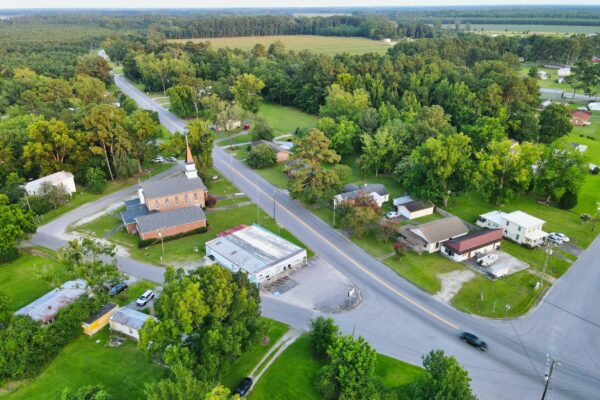AUSTIN, Texas — Local banks, a diverse and young population, a significant immigrant community, and the availability of vital health care infrastructure such as elder care and child care services are the unexpected predictors of business creation in rural America, according to a recent study conducted by researchers at The University of Texas at Austin.
Contrary to prevailing policy opinions, each of these variables was more predictive of rural business creation than commonly discussed factors such as broadband availability or the concentration of patents. These findings, published in PLOS ONE by researchers at the LBJ School of Public Affairs, can inform policymakers and those working to foster entrepreneurship and economic development in rural communities.
Study authors challenge conventional wisdom by emphasizing the importance of certain factors over those more commonly thought of in driving rural entrepreneurship. After controlling for population and the number of existing businesses in a county, having a young and diverse population emerged as some of the most significant factors predicting business creation in rural areas. The study revealed that both were more predictive of entrepreneurship than the number of college-educated residents. Wind and oil production were also substantial predictors of rural business creation, much more than solar production.
Notably, the number of local banks, rather than the amount of money in those banks, proved to be the most significant predictor of rural entrepreneurship. Researchers suggest that local banks can provide relationship-based loans to individuals who may not qualify for financing from larger financial institutions.
“Our study focuses on areas within policymakers’ control. While they have limited influence on population size, they can safeguard small banks and invest in elder care and child care,” said Mark C. Hand, one of the study’s authors. “Policymakers can also help create welcoming communities for immigrants, who emerge as top predictors of business creation in rural counties.”
To determine the driving forces behind rural entrepreneurship, researchers used machine learning methods, which enable predictions based on existing data. Analyzing a robust data set spanning 10 years (2008-2018) from all 254 counties in Texas, including 157 rural counties, the study provides valuable insights for policymakers grappling with complex economic challenges.
“These findings can guide evidence-based decision-making and targeted interventions aimed at promoting entrepreneurial activities and fostering vibrant rural economies,” said Vivek Shastry, the study’s co-author.
The research, supported by the IC2 Institute at The University of Texas at Austin, marks an important step toward identifying specific rural counties in Texas that possess the greatest potential for business growth. The researchers plan to expand their methodology to pinpoint these areas and offer further guidance to policymakers in their efforts to spur rural business creation.




